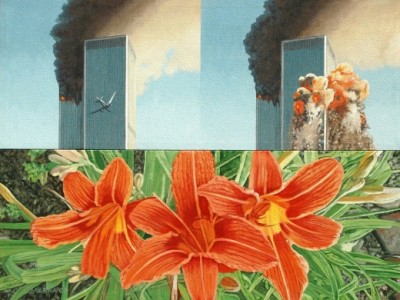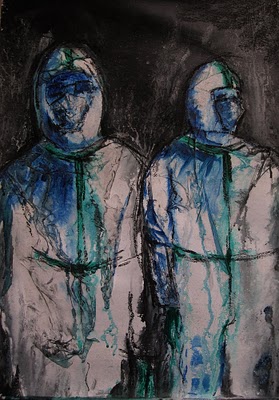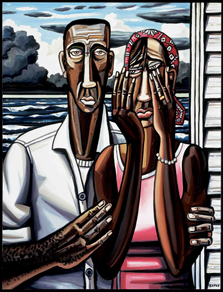Artistic inspiration can come from many sources both negative and positive. Human tragedy throughout the ages has had its influence on artwork and will continue to help shape future works. This artwork not only expresses the human condition, but also serves as an historical marker and springboard for public discussions.
Recent weather catastrophes such as Hurricane Katrina and the Japan earthquake and tsunami have already been widely represented in the art world. Milestones such as the 10-year anniversary of the 9/11 terrorist attacks in the United States help bring such events back to public attention. For many of us, artwork depicting the devastating effects of wars in other countries or centuries is the only meaningful experience we have of these occurrences.
Horrible circumstances tend to bring out the worst and the best in people and often end up highlighting the resilient nature of the human race in all its contradictions and complexities. Strangers become friends in an attempt to rebuild a community that has been wounded. Loss of life or property becomes an inspiration to value the things and persons remaining.
Making art has always been one of the ways in which humanity can defy the ravages of time and other forces beyond our control. A work of art can outlive its creator, even outlive the civilization and culture from which it emerged, and continue to have an effect, giving a voice to something gone but not forgotten.
It is not surprising that so many artists respond to disasters both manmade and natural by attempting to record some aspect of them for the present and for posterity. It can help survivors cope with the unbearable and it can honor the memory of those who did not survive. But mostly, it serves as a reminder that human imagination and creativity will live on, no matter what.
Brian Sylvester is a guest blogger on WallSpin, and an artist on Zatista.







Comments (0)